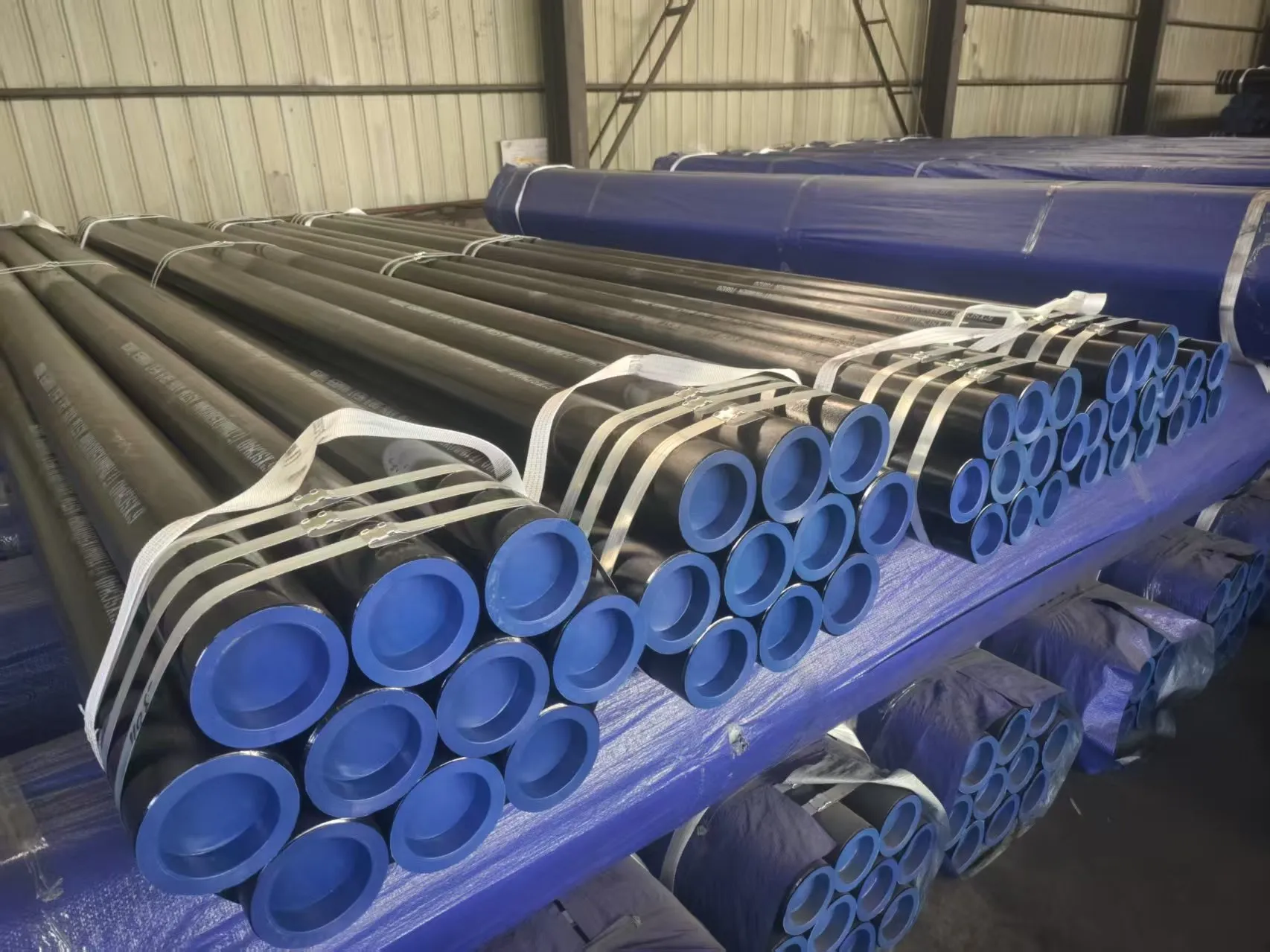-
Cangzhou Yulong Steel Co., Ltd.
-
Phone:
+86 13303177267 -
Email:
admin@ylsteelfittings.com
- English
- Arabic
- Italian
- Spanish
- Portuguese
- German
- kazakh
- Persian
- Greek
- French
- Russian
- Polish
- Thai
- Indonesian
- Vietnamese
- Zulu
- Korean
- Uzbek
- Hindi
- Serbian
- Malay
- Ukrainian
- Gujarati
- Haitian Creole
- hausa
- hawaiian
- Hebrew
- Miao
- Hungarian
- Icelandic
- igbo
- irish
- Japanese
- Javanese
- Kannada
- Khmer
- Rwandese
- Afrikaans
- Albanian
- Amharic
- Armenian
- Azerbaijani
- Basque
- Belarusian
- Bengali
- Bosnian
- Bulgarian
- Catalan
- Cebuano
- China
- China (Taiwan)
- Corsican
- Croatian
- Czech
- Danish
- Esperanto
- Estonian
- Finnish
- Frisian
- Galician
- Georgian
- Kurdish
- Kyrgyz
- Lao
- Latin
- Latvian
- Lithuanian
- Luxembourgish
- Macedonian
- Malgashi
- Malayalam
- Maltese
- Maori
- Marathi
- Mongolian
- Myanmar
- Nepali
- Norwegian
- Norwegian
- Occitan
- Pashto
- Dutch
- Punjabi
- Romanian
- Samoan
- Scottish Gaelic
- Sesotho
- Shona
- Sindhi
- Sinhala
- Slovak
- Slovenian
- Somali
- Sundanese
- Swahili
- Swedish
- Tagalog
- Tajik
- Tamil
- Tatar
- Telugu
- Turkish
- Turkmen
- Urdu
- Uighur
- Welsh
- Bantu
- Yiddish
- Yoruba

Feb . 15, 2025 14:30 Back to list
plumbing flanges types
When selecting plumbing flanges, understanding the different types available is crucial to ensure a successful installation and maintenance process. As an experienced professional in plumbing solutions, I offer insights that will help you make informed decisions based on reliability, authority, and current best practices regarding plumbing flanges.
Welding neck flanges, on the other hand, are beloved for their strength and capability to handle high-pressure environments. Their design includes a tapered hub and a butt weld connection to the pipe, enhancing structural integrity and reducing the stress concentration at the flange. This makes them particularly suitable for high-pressure applications with a lot of thermal expansion or fluctuating stress. Mastery of welding techniques and materials is essential when installing welding neck flanges to prevent common errors such as weld defects and alignment issues. Another notable type to consider is the lap joint flange. It works in tandem with a lap joint stub end fitting, allowing for rotational alignment of bolt holes and easy disassembly. Their design is prone to limited pressure handling capacity, but they offer great flexibility and are cost-effective over larger piping setups. Some sectors, such as food processing, prefer this arrangement due to its simplicity in maintenance and eventual replacements, without dismantling the entire setup. Socket-weld flanges are best suited for smaller pipe diameters or higher pressure setups. They enhance system integrity and ensure smooth flow since there’s less turbulence at the junction due to the lack of a bore restriction. However, installing these flanges requires precision in assembly and welding to avoid creating pockets that might harbor corrosion or material build-up. With the complexity and range of plumbing flange types, understanding your specific application requirements is crucial. Always consider factors such as pressure, temperature, fluid characteristics, and the required ease of assembly or disassembly when choosing the right flange type. Trustworthy sources and adherence to industry standards will guide your selection process and ensure reliability over the equipment's lifecycle. Flanges, through their variety, provide seamless integration into any functioning plumbing system when selected and installed correctly. As technology advances, staying abreast of new developments and enhanced standards will further strengthen the dependability of your plumbing solutions.


Welding neck flanges, on the other hand, are beloved for their strength and capability to handle high-pressure environments. Their design includes a tapered hub and a butt weld connection to the pipe, enhancing structural integrity and reducing the stress concentration at the flange. This makes them particularly suitable for high-pressure applications with a lot of thermal expansion or fluctuating stress. Mastery of welding techniques and materials is essential when installing welding neck flanges to prevent common errors such as weld defects and alignment issues. Another notable type to consider is the lap joint flange. It works in tandem with a lap joint stub end fitting, allowing for rotational alignment of bolt holes and easy disassembly. Their design is prone to limited pressure handling capacity, but they offer great flexibility and are cost-effective over larger piping setups. Some sectors, such as food processing, prefer this arrangement due to its simplicity in maintenance and eventual replacements, without dismantling the entire setup. Socket-weld flanges are best suited for smaller pipe diameters or higher pressure setups. They enhance system integrity and ensure smooth flow since there’s less turbulence at the junction due to the lack of a bore restriction. However, installing these flanges requires precision in assembly and welding to avoid creating pockets that might harbor corrosion or material build-up. With the complexity and range of plumbing flange types, understanding your specific application requirements is crucial. Always consider factors such as pressure, temperature, fluid characteristics, and the required ease of assembly or disassembly when choosing the right flange type. Trustworthy sources and adherence to industry standards will guide your selection process and ensure reliability over the equipment's lifecycle. Flanges, through their variety, provide seamless integration into any functioning plumbing system when selected and installed correctly. As technology advances, staying abreast of new developments and enhanced standards will further strengthen the dependability of your plumbing solutions.
Next:
Latest news
-
ANSI 150P SS304 SO FLANGE
NewsFeb.14,2025
-
ASTM A333GR6 STEEL PIPE
NewsJan.20,2025
-
ANSI B16.5 WELDING NECK FLANGE
NewsJan.15,2026
-
ANSI B16.5 SLIP-ON FLANGE
NewsApr.19,2024
-
SABS 1123 FLANGE
NewsJan.15,2025
-
DIN86044 PLATE FLANGE
NewsApr.19,2024
-
DIN2527 BLIND FLANGE
NewsApr.12,2024
-
JIS B2311 Butt-Welding Fittings LR/SR 45°/90° /180°Seamless/Weld
NewsApr.23,2024











